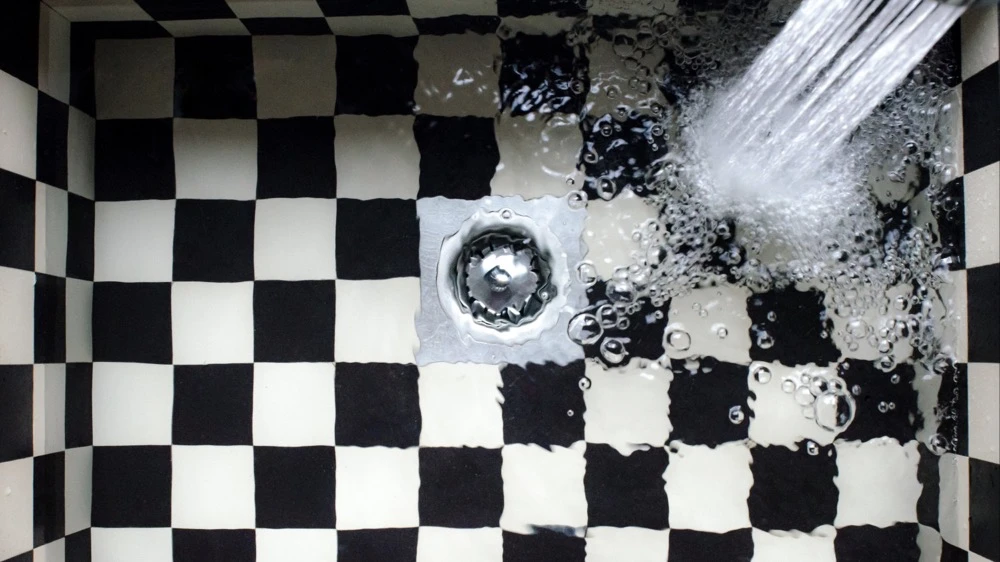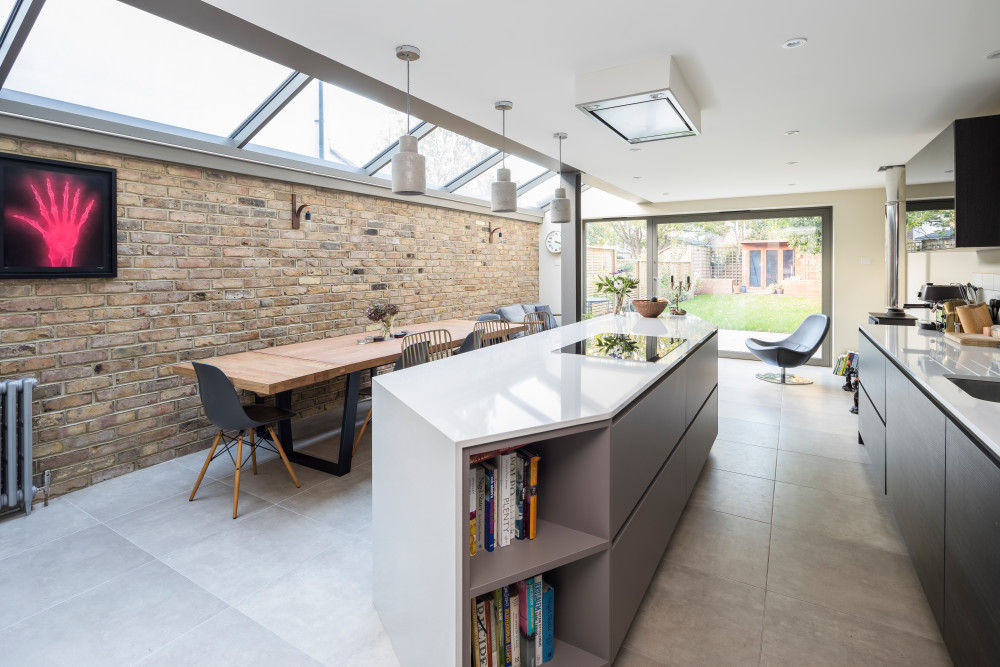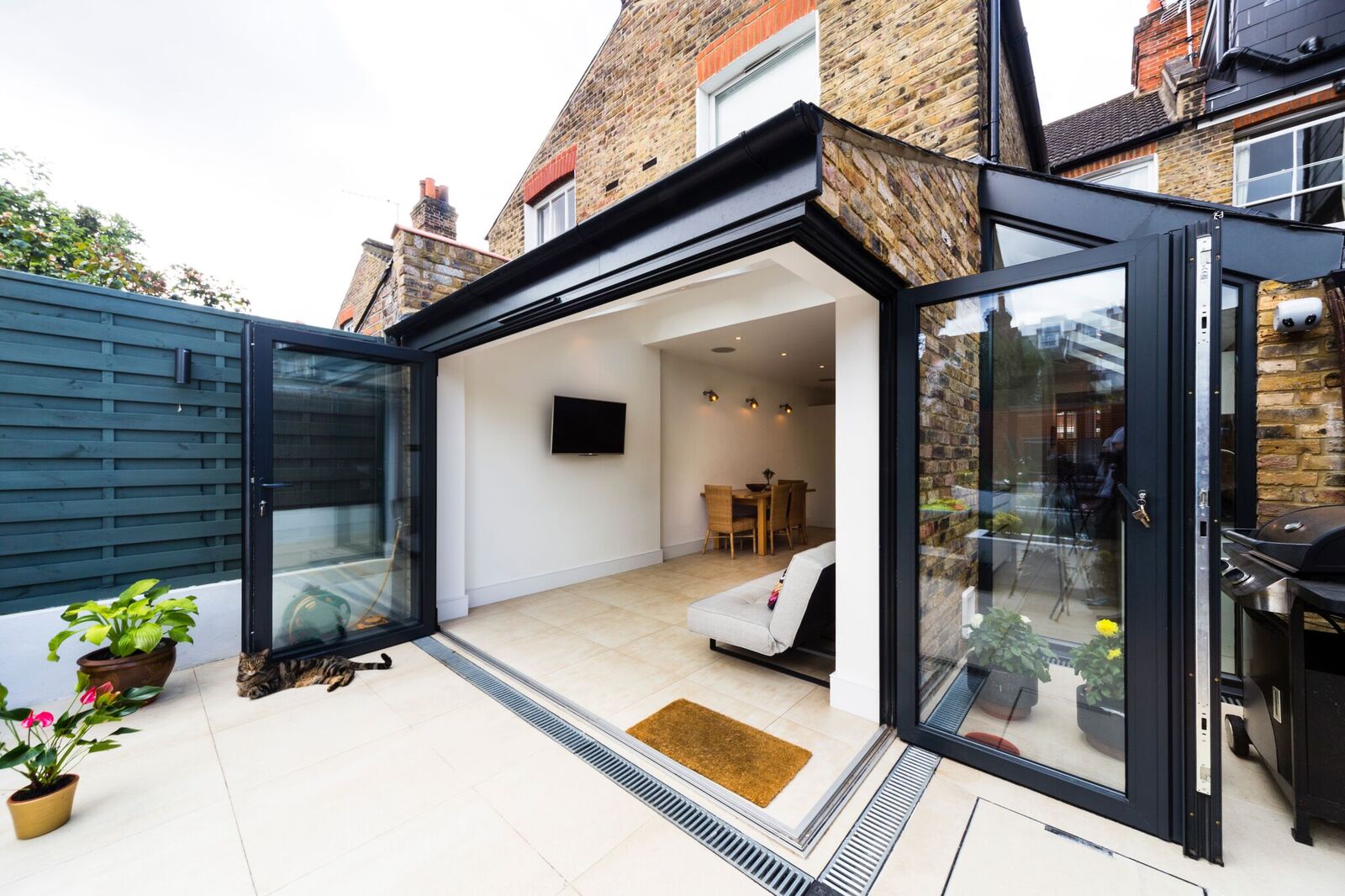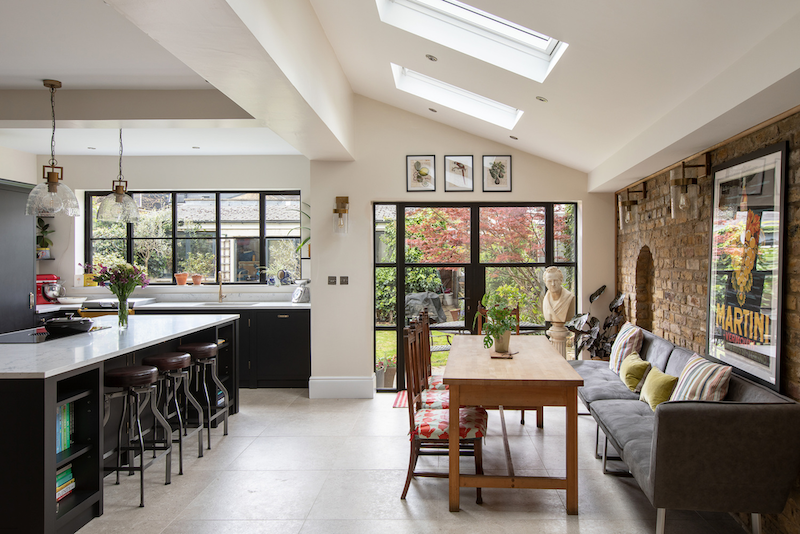Drains aren’t the most glamorous side of extending your home, yet that doesn’t make them any less important. From the logistics of a larger roof collecting rainwater to your foundations potentially coming close to your local sewer system, there’s plenty to consider when it comes to your pipework.
If you’re looking to avoid blockages, flooding, and fines, then make sure you pay close attention to this guide from our Connect experts.
Types of drainage to consider
Drainage systems come in different shapes and sizes, likewise so do the functions they perform. Before you bring in a specialist, here’s some language you might encounter during the process…
Foul vs surface water drainage
Foul water is what you see swirling down your toilet or drain away at the end of a shower/bath, and what your washing machine discards at the end of its cycle. Due to its less than savoury nature, pipes that carry away foul water are placed below the surface.
In contrast, surface water is simply rainwater, the kind of water that can collect on hard surfaces. Your above-ground gutters and pipes, commonly referred to as roof drainage, handles this.
Drain vs a sewer
Want to tell a drain apart from a sewer? It’s simple, drains serve one property while sewers are connected to several. Now where sewers can become tricky is in regards to ownership. Private sewers can belong to the properties they serve, or they might be public sewers owned by an undertaker.
Is your extension going to affect a sewer?
If you intend to build over or close to a public sewer, you will require a written agreement from your sewerage undertaker, which is known as a ‘build over agreement’.
You’ll be required to seek out an agreement if any of the following apply to your project…
- Building over or close to a pressurised sewer
- Building over or close to a pitch fibre pipe (material)
- Building over or close to sewers 300mm diameter or greater
- Building over or close to sewers up to 225mm
- Manhole, inspection chambers or rodding eye within extensions or within 500mm of an extension
- Sewers with a Legal Easement affected
- Using raft foundation for building works
- Using a piled foundation for building works
Not sure if a sewer is present? You can either inquire with your local authority or undertake a CCTV survey, who will not only be able to locate any potential location issues, they’ll also be able to tell you about the condition of the pipes below.
Learn more: drains, CCTV surveys, and build over agreements.
Building regulations
As with many important elements of our homes, drainage is covered by building regulations. More specifically, they come under Part H of schedule 1, which might not mean a lot to you but will mean a lot to your local building control, who’ll be tasked with making sure your finished build is safe.
At Resi, we believe the best way of ensuring building regulations are met is to commission a set of technical drawings. This will include details about your drainage system, alongside details concerning the structure and other important elements. By putting this package together, you’ll give your contractor all the details they need to meet all legal requirements, rather than relying on them to fill in the blanks. This not only makes construction safer but will also allow builders to provide more accurate quotes during the construction stage.
Learn more about building regulations.
Eco-friendly options
You now know all about foul and surface water, but what about greywater? This is the waste created by certain household functions, such as the washing machine. Some homeowners have been utilising this not-so-foul water to be used for household tasks where drinking water isn’t required. For example, greywater can be used to flush the toilet or water your garden.
If you’re looking to make your drainage a little greener, ask your designer what options you have to make better use of this water type.
Finding a drainage specialist
Looking to figure out the story behind your drains? Click here to find local drainage experts in your area.
Resi also offers free consultations for anyone who might be thinking about taking on an extension of their own - drains included. Book a free consultation to discover the possibilities in your property, and to get expert advice on your burning renovating questions.





